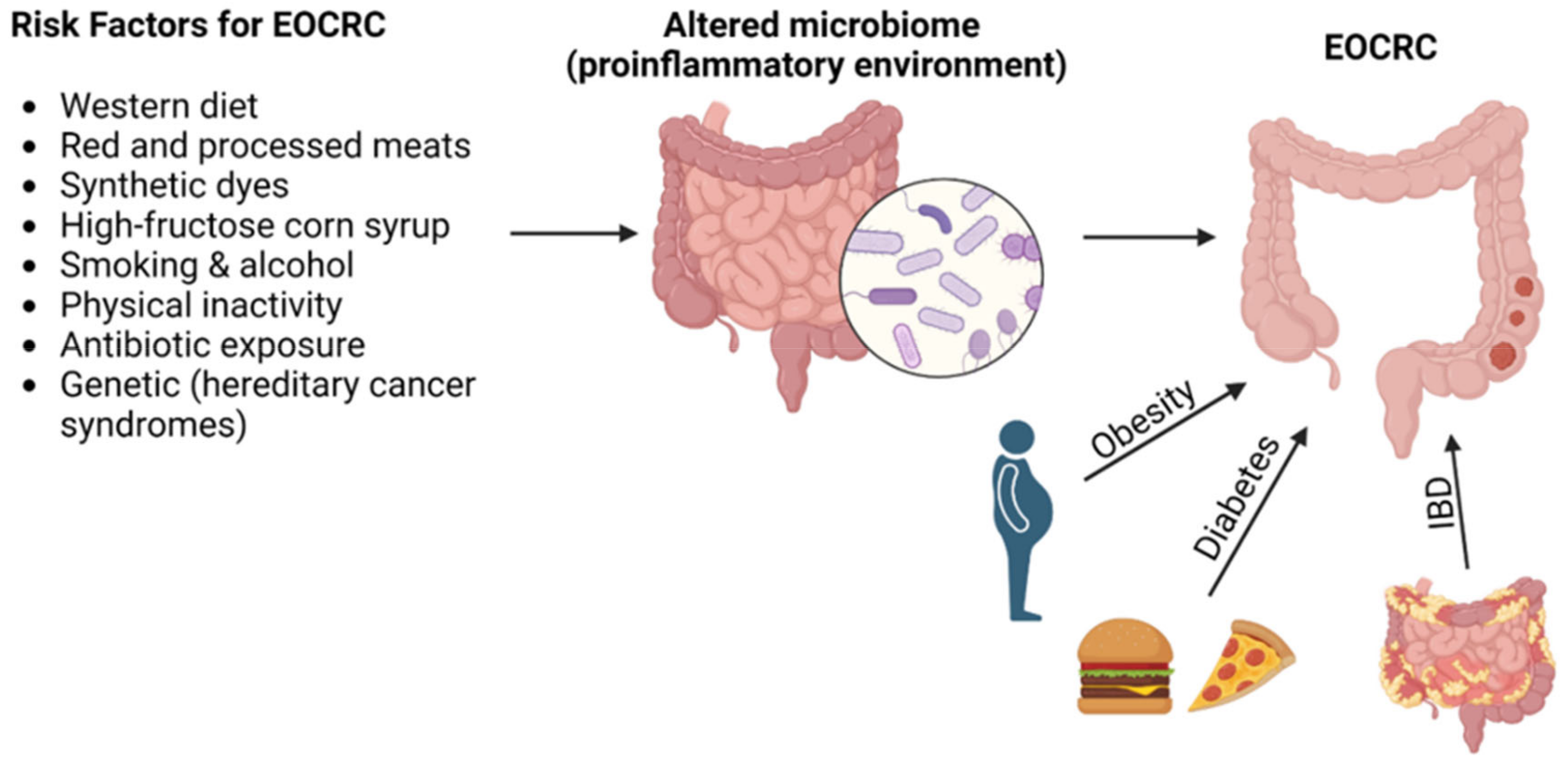
Lynch condition, otherwise called innate non-polyposis colorectal malignant growth (HNPCC), is the most well-known acquired hereditary change that expands the gamble of a few sorts of disease including colorectal malignant growth. Around 3% of all colorectal malignant growths in the US happen in individuals with these acquired hereditary changes; more than 1 million individuals in the U.S. have this disorder.
Those with Lynch condition acquire changes in the DNA confound fix qualities (MMR qualities), which typically right errors made during cell division when a phone copies its finished arrangement of DNA. This outcomes in blunders in the replication of microsatellite DNA bringing about too few or an excessive number of bases in the rehashed segments. This is called microsatellite flimsiness or MSI. Since qualities code DNA in sets or edges of threes, a modified or erroneous number of bases implies that when proteins are produced using this changed code, the ‘outline’ that is perused is presently off-base; this is called frameshift transformation.
Individuals with Lynch condition have a half to 80% lifetime hazard of colorectal disease, a 40% to 60% lifetime chance of endometrial malignant growth, and expanded hazard of different tumors too.
These two examinations are taking a gander at how these hereditary changes may be utilized to track down ways of forestalling diseases in those with Lynch disorder by immunization or to screen individuals with the acquired changes without doing visit colonoscopies.
Numerous tumors that happen in individuals without Lynch disorder likewise have changes in MMR qualities and they additionally show MSI, implying that victories for individuals with this acquired gamble might prompt anticipation and discovery techniques for the overwhelming majority more individuals.
Contents
Searching for an Immunization Target
In this review, specialists from the College of Texas M.D. Anderson Malignant growth Place did genomic examinations of colon tissues from individuals with Lynch condition, searching for adjustments that occurred during the underlying changes from solid tissue to creating disease. They got tests from individuals with Lynch disorder that addressed precancerous changes, high level precancerous changes, beginning phase malignant growth, and a tissues that could become disease.
From these tissues, they created an index of shared and repetitive novel frameshift proteins (neoantigens) communicated on these cells because of the changes that happen. These neoantigens might be utilized to make an immunization, which if fruitful, can instigate antitumor resistance and safeguard Lynch disorder impacted people from creating malignant growths.
Past genomic research had been finished to distinguish these frameshift neoantigens in malignant growths that happen in individuals with Lynch disorder, however this study included precancers, thus, recognizing changes that can be utilized to plan preventive antibodies. Extra exploration will be finished to test the recognized antigens utilizing other patient examples and in creature models of Lynch condition.
Reference: Bolivar AM, Duzagac F, Deng N, Reyes-Uribe L, Chang K, Wu W, Bowen CM, Taggart MW, Thirumurthi S, Lynch PM, You YN, Rodriguez-Pascual J, Lipkin SM, Kopetz S, Scheet P, Lizee GA, Reuben A, Sinha KM, Vilar E. Genomic Scene of Lynch Condition Colorectal Neoplasia Recognizes Shared Changed Neoantigens for Immunoprevention. Gastroenterology. 2024 May;166(5):787-801.e11. doi: 10.1053/j.gastro.2024.01.016. Epub 2024 Jan 18. PMID: 38244726; PMCID: PMC11034773.
A Potential Blood Test Rather than Various Colonoscopies
As noted before, lacking DNA MMR prompts the gathering of frameshift neoantigens, which are remembered to assume a part in the expanded resistant reaction of malignant growths related with the disorder, however have not been utilized without anyone else to distinguish individuals in danger. Individuals with Lynch hereditary changes need to go through continuous colonoscopies, starting as youthful as age 20, to check for conceivable strange developments, polyps, or disease. Scientists were hoping to recognize a biomarker board like other ‘fluid biopsy’ tests, to more readily distinguish the ideal timing when to begin checking individuals with Lynch disorder.
A frameshift change based biomarker board was created and approved utilizing tests from colorectal malignant growths that showed microsatellite shakiness. Then unambiguous transformation targets were chosen and tried against tests of disease, neighboring typical tissue, and in blood from 45 individuals with Lynch disorder. The specialists likewise took a gander at tests from 84 sound individuals to preclude normal changes that wouldn’t imply disease.
These specialists demonstrated the way that frameshift transformations can be recognized in blood and used to screen illness by means of a blood test in individuals with Lynch disorder. Estimating these frameshift transformations over the long haul could be a technique to watch Lynch condition transporters to distinguish when or how frequently to do colonoscopy. The specialists were from the Public Disease Organization, Roswell Park Malignant growth Place, Weill Cornell Medication, and the College Emergency clinic Heidelberg.
Since this study was finished from tests reflectively, the following stage is to take a gander at this biomarker board in a planned report.

